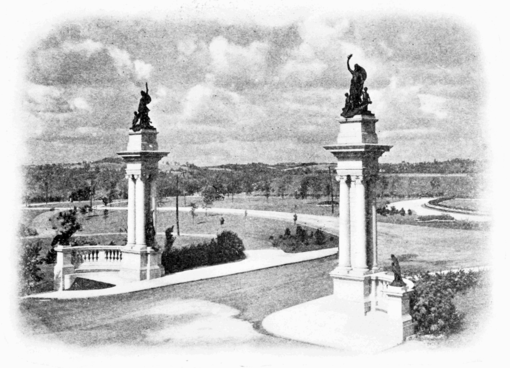time has been supplied from various observatories to nearly all railroads. Returning after a number of solar eclipse expeditions, Langley began, about 1870 to study solar phenomena, in which he became one of the highest authorities, proving, among other things, that the absorption by the earth's atmosphere of solar heat is variable, and that sunspots have no appreciable effect upon the temperature of the earth. In 1885 he gave the results of some of his investigations in solar phenomena before the Royal Society in London. During his charge of the Allegheny Observatory he contributed upwards of a hundred papers to scientific journals. In his studies of solar physics, recognizing that the instruments were inadequate to record much of the sun's radiant
energy, he began a long series of experiments which resulted in the invention of that marvelously delicate instrument, the bolometer. With this perfected, he renewed his investigations of the sun, moon and stars, which brought to light facts as important as any in the whole realm of astronomical physics.
Beginning with Langley's charge of the observatory there had grown up a valuable and intimate association with John A. Brashear, which continued after Langley's transference to the Smithsonian Institution, and until his death. The bolometer could not have achieved its wonderful success without Brashear's mechanical and scientific assistance. Experiments had shown that transparent crystals of rock-salt have the faculty of transmitting the low heat rays of the sun (that is,

